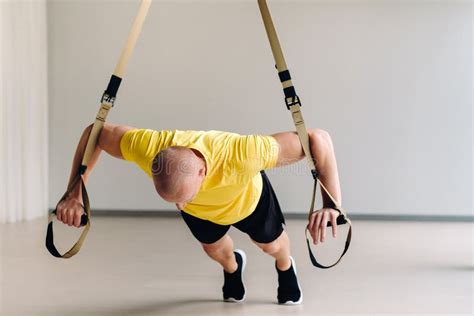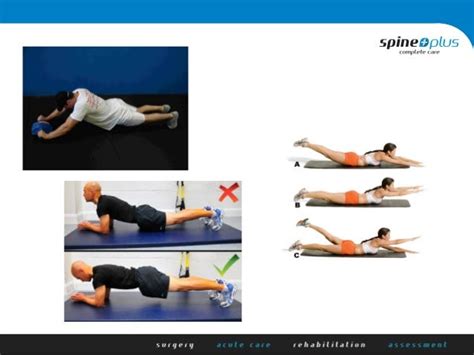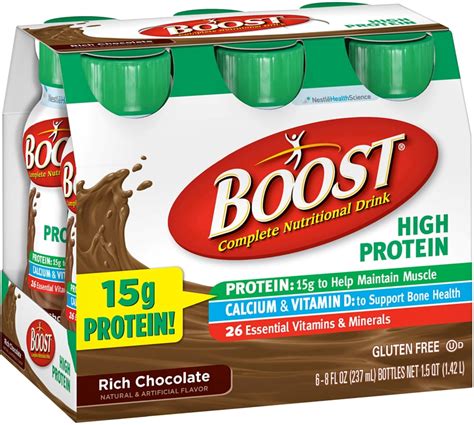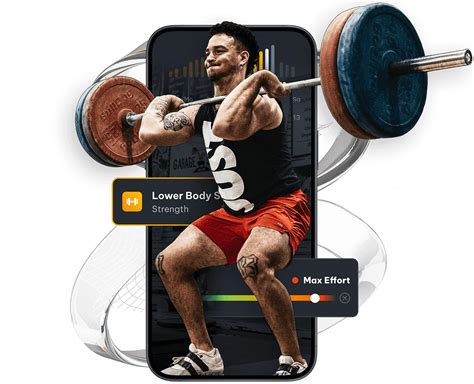Efficiently build functional strength for sustained peak performance?

In the pursuit of sustained peak performance, whether in sports, daily life, or demanding occupations, the concept of “functional strength” has become a cornerstone. It’s not just about how much weight you can lift in a controlled environment, but rather how effectively your body can execute movements that mimic real-world activities. Building this kind of strength efficiently means focusing on quality, integration, and purpose-driven training.
Understanding Functional Strength
Functional strength refers to training your muscles to work together in a coordinated manner, much like they do in everyday life and athletic endeavors. Unlike isolated bodybuilding, which often targets individual muscles, functional training emphasizes movements that require multiple joints and muscle groups to act synergistically. This holistic approach improves balance, coordination, stability, and overall movement efficiency, directly translating to better performance and reduced injury risk.

Pillars of Efficient Functional Strength Training
To truly build functional strength efficiently, your training program should incorporate several key principles:
1. Compound and Multi-Planar Movements
Prioritize exercises that engage multiple joints and muscle groups simultaneously. Think squats, deadlifts, lunges, push-ups, and rows. Furthermore, incorporate movements across all three planes of motion (sagittal, frontal, and transverse) to prepare your body for the dynamic demands of real life. Most sports and daily tasks don’t happen in a straight line.
2. Core Integration and Stability
A strong, stable core is the linchpin of functional strength. Every movement originates from or passes through the core. Exercises like planks, bird-dog, anti-rotation presses, and medicine ball rotations are crucial for developing the stability and power transfer necessary for peak performance.

3. Progressive Overload and Specificity
To continuously improve, your body needs to be challenged progressively. This could mean increasing weight, reps, sets, reducing rest times, or introducing more complex variations of exercises. Additionally, ensure your training is specific to your goals. An athlete preparing for a marathon will have different functional strength needs than a powerlifter or someone aiming to improve everyday mobility.
4. Balance and Proprioception
Training on unstable surfaces (carefully and progressively) or incorporating single-leg exercises enhances balance and proprioception – your body’s awareness of its position in space. This improves agility and helps prevent falls and injuries, particularly relevant for dynamic sports and aging populations.

Practical Application: Crafting Your Routine
An efficient functional strength routine might include:
- Warm-up: Dynamic stretches and light cardio to prepare the body.
- Movement Prep: Bodyweight squats, lunges, planks to activate key muscles.
- Primary Lifts: Compound exercises like squats, deadlifts, overhead presses, and bent-over rows. Focus on proper form over heavy weight initially.
- Accessory Work: Single-leg RDLs, Turkish get-ups, farmer’s carries, rotational throws. These enhance stability and translate to sport-specific movements.
- Core Finisher: A series of planks, side planks, and crunches.
- Cool-down: Static stretches to improve flexibility and aid recovery.
Aim for 2-4 sessions per week, allowing adequate rest and recovery between workouts. Listen to your body and adjust intensity as needed.

The Efficiency Factor: Smart Programming and Recovery
Efficiency in building functional strength also hinges on smart programming and diligent recovery. Avoid overtraining, which can lead to diminishing returns and increased injury risk. Integrate proper nutrition, sufficient sleep, and active recovery techniques (like foam rolling or light walks) into your overall regimen. A well-nourished and rested body is better able to adapt to training stimuli and make progress.

Conclusion
Building functional strength is a strategic investment in your body’s long-term performance and resilience. By focusing on multi-joint, multi-planar movements, integrating core stability, applying progressive overload, and prioritizing smart recovery, you can efficiently develop the strength that directly translates to sustained peak performance in any arena. Shift your mindset from isolated muscle building to integrated movement mastery, and unlock your full physical potential.






